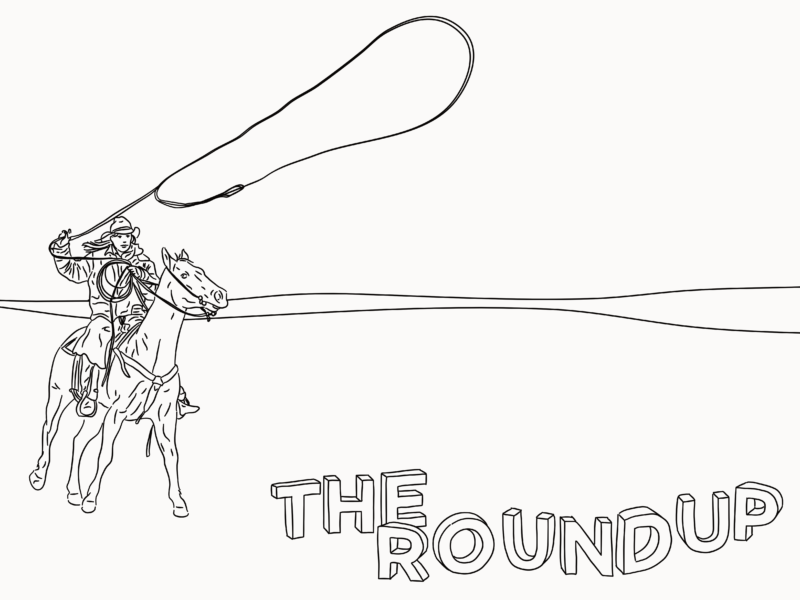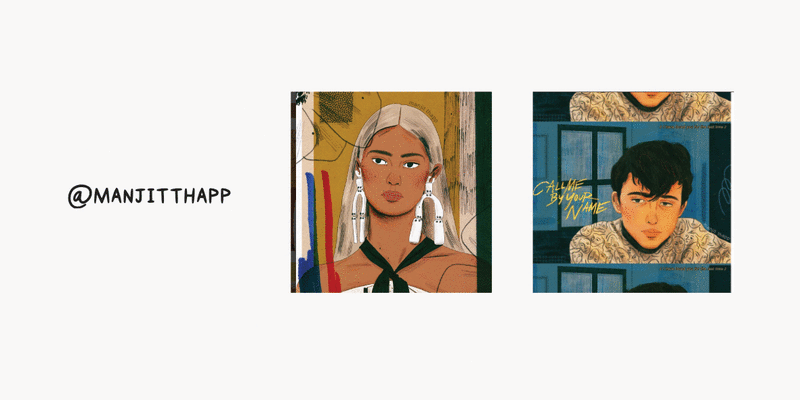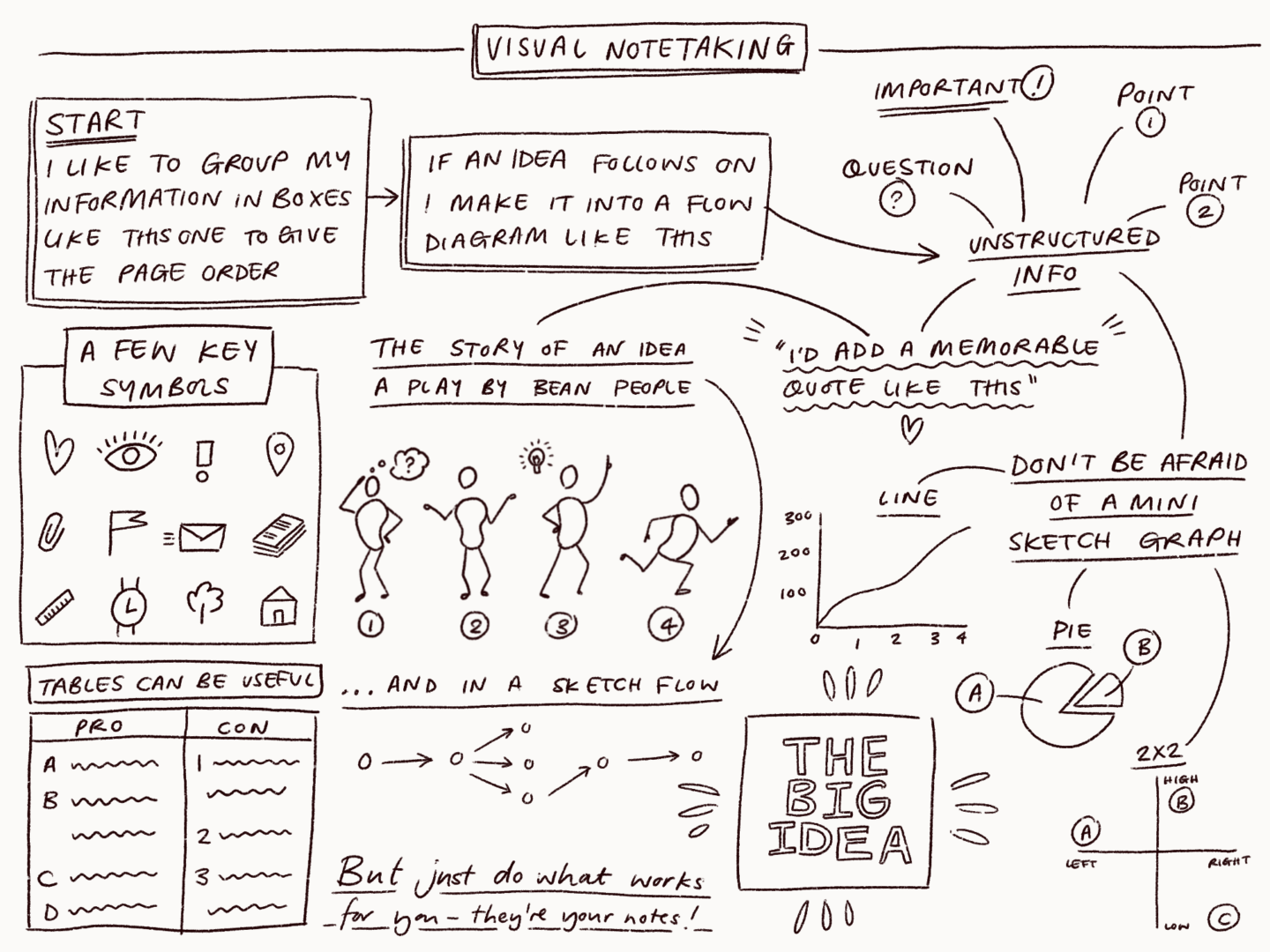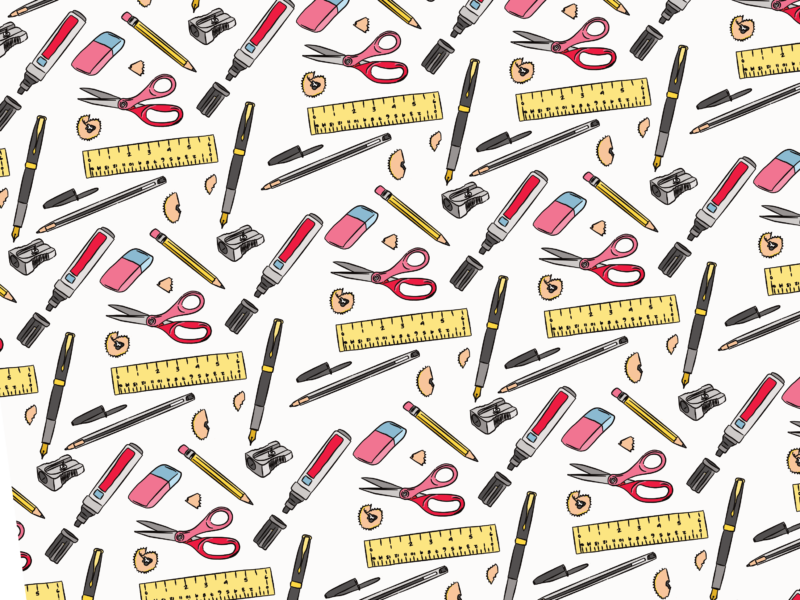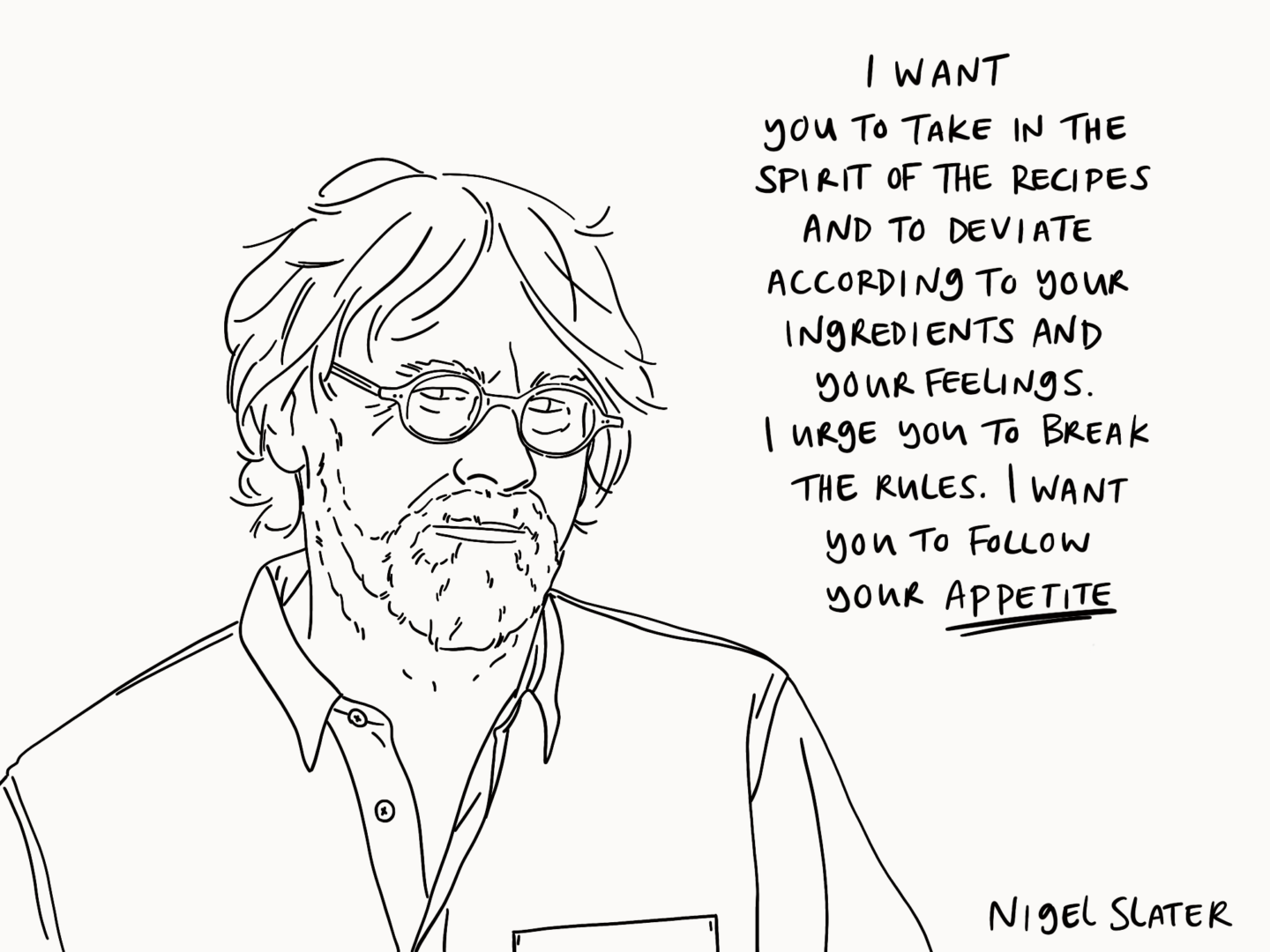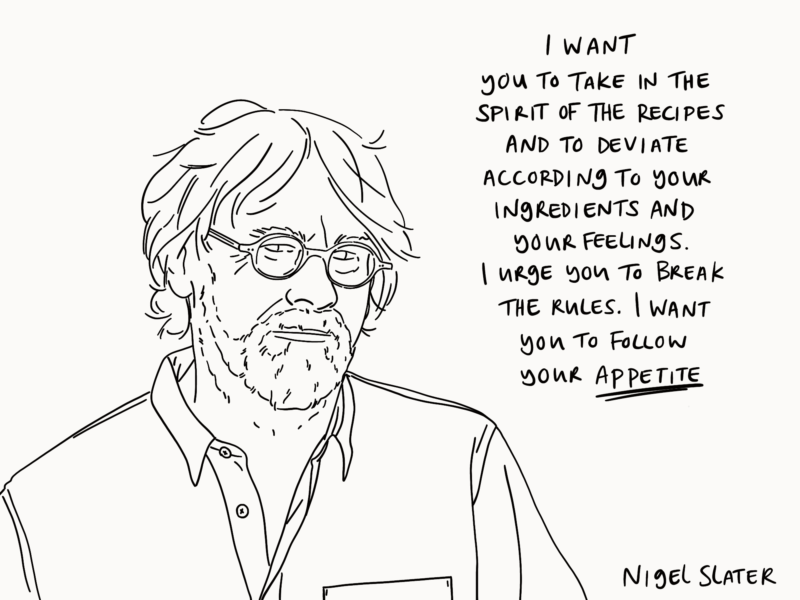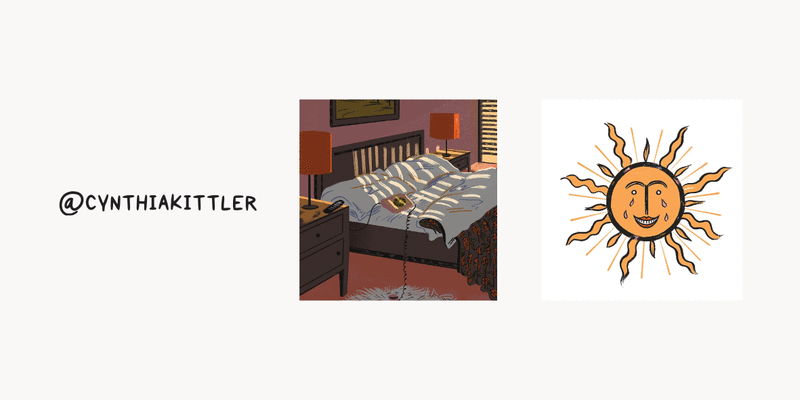Happy summer folks! It’s been a sunny, sticky month in the city. It’s not felt like London at all really, spirits have been high, we’ve been eating later and enjoying the long almost mediterranean days, we even did pretty well the football #southgateyouretheone.
This month’s roundup is another slightly shorter one because I went away at the start of the month. But it’s still filled with goodness, including some great longer reads well worth the investment.
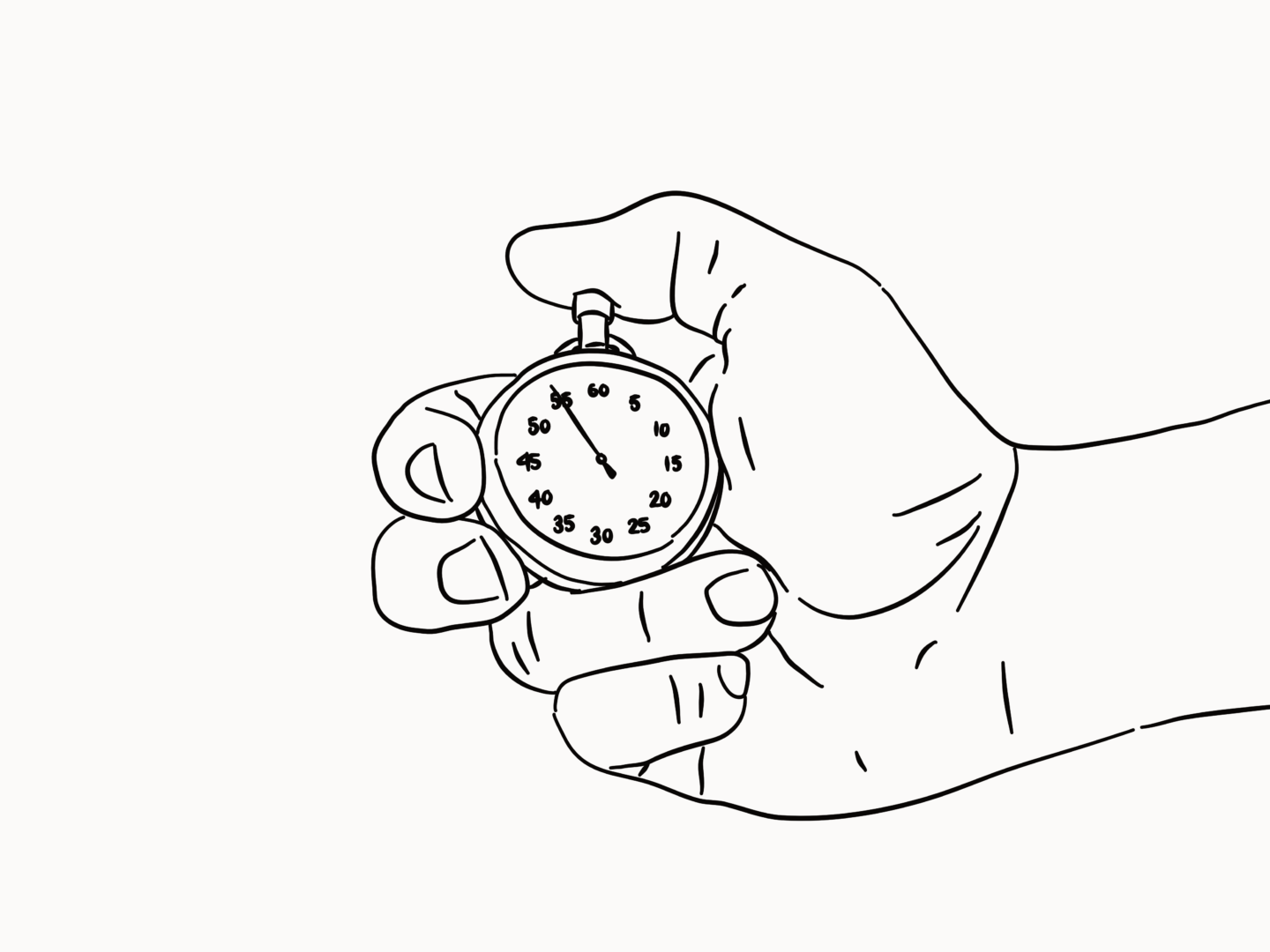
SHORT READS, IF YOU’VE ONLY GOT A FEW MINUTES:
‘Breathtakingly beautiful’: Tate St Ives wins museum of the year award
So Tate St Ives is officially on my to visit list. Its extension is not only architecturally beautiful it also contains some of the country’s most cutting edge art. Plus it’s not got a bad view to go along with it.
5 more drawing exercises
Ralph Ammer has built on his “Quick beginner’s guide to drawing” with some more thought provoking exercises to align your hand and your eye. If you want to improve your sketching practice or just rethink how you see the world give it a read
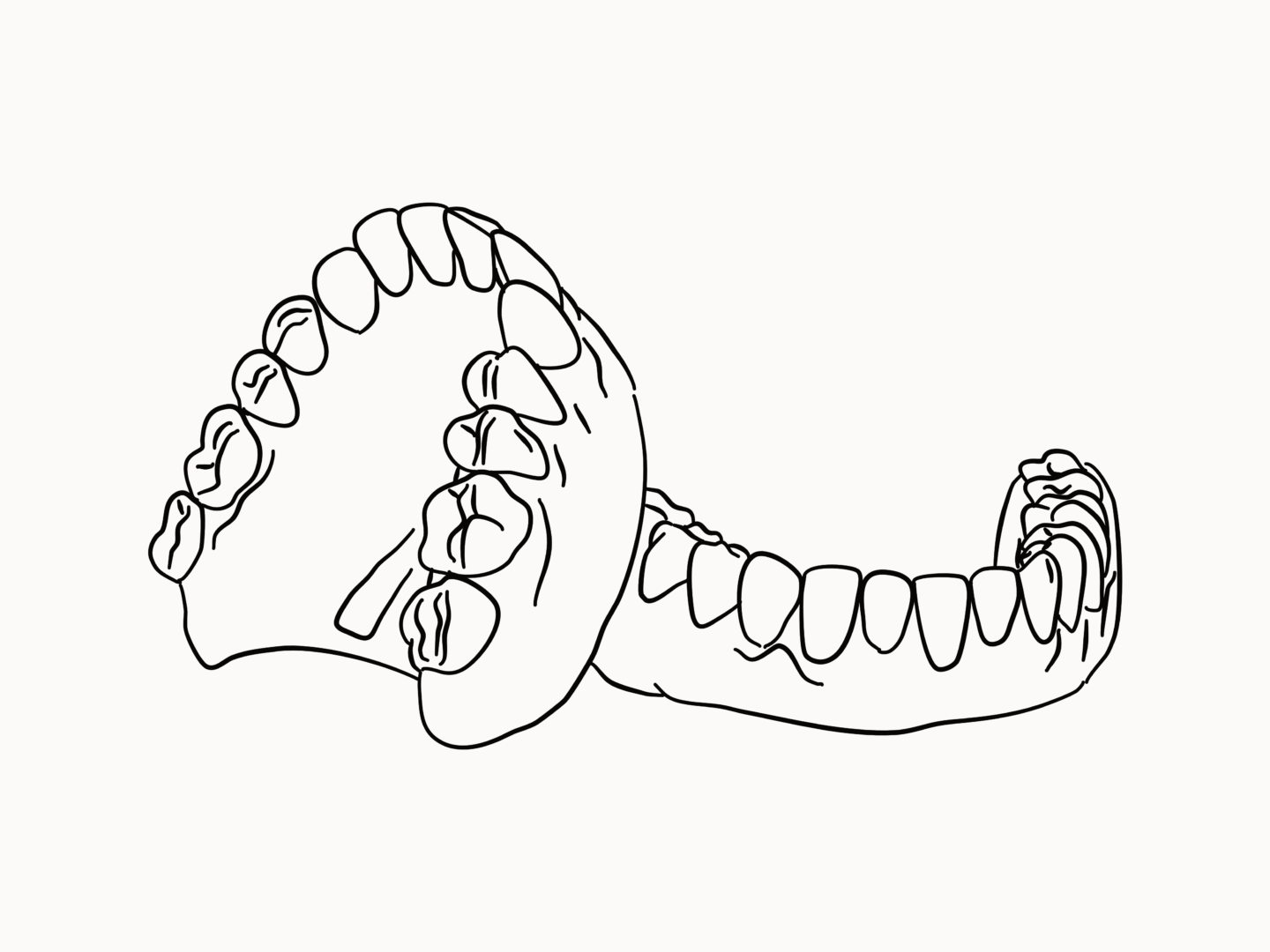
LONG READS, IF YOU WANT SOMETHING TO GET YOUR TEETH STUCK INTO:
The story behind the rainbow flag
London Pride was one of the biggest parties of the month, I thought there was no more fitting time to share this wonderful article about the history of Gibert Baker’s rainbow flag. 99u spoke with some of the late creator’s closest friends to learn more about the maker who, through art and design, helped to spearhead a movement of enduring pride and acceptance.
Creating an illustration for The New Yorker
I love a good behind the scenes piece. Here, Daniel Savage walks us through the creation of an illustration for an article on paper jams for the New Yorker, showing how the illustration developed and was animated within a tight deadline.
This is how you create a feminist internet
This month I went to Nesta’s Future Fest conference, which got me thinking about technology, the future, and how we can shape them both. I thought this great op-ed piece from Aiga’s Eye on Design is the perfect way to carry on that conversation
Arts cuts are bad for our health – what are we going to do about it?
Jodie Caris, part of Forever Curious, a creative initiative set up to work with local east London primary schools, asks: what next for a generation let down by state funding for the arts?
Why Ceramic Artists Are So Good at Dealing with Failure
We talk about the need to fail fast and just create in design but it’s a lot easier to say than embrace. So what can we learn from ceramicists who choose to work with a material which is open to a “myriad mishaps that can occur during its processes, from wheel-throwing to glazing and firing”?
Flight of the Conchords: ‘We’re retired sex symbols’
I read this article over my boyfriend’s shoulder in the airport on the way home, and then again when I was reunited with my laptop. It’s not necessarily about art but everything Brett and Jermaine have to say about creating and having fun is so applicable.
“I mean, this was all just a side project to learn guitar,” Clement says.
“My entire career is a side project,” says McKenzie.
“Yeah, I’m still waiting for the main project,” agrees Clement and he gives another giggle of delight.
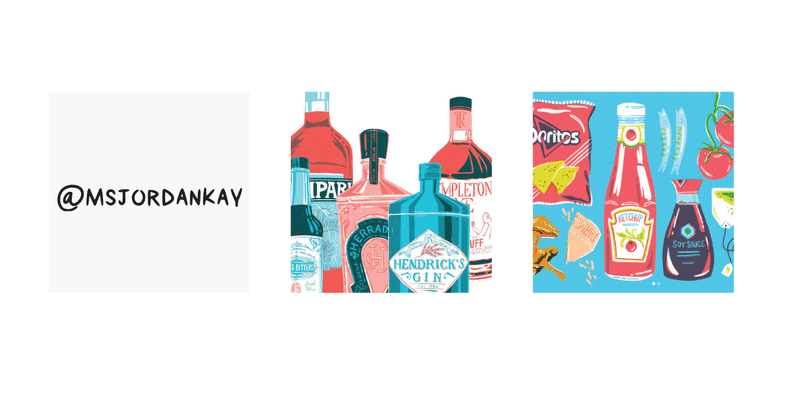
WHO TO FOLLOW, IF YOU WANT TO SPRUCE UP YOUR INSTAGRAM FEED:
@kitagar
Kit Agar’s terrazzo inspired portraits and illustrations are the perfect antidote to all of this heat. They’re cool, calm and perfectly collected.
@anniedornansmith
I’m currently starting to work on some new stuff for my store, and Annie Dornan Smith is a huge inspiration for how I’m trying to approach my business. If you love gorgeous stationery or you’re a small biz owner I’d seriously recommend checking out her feed and her store – especially because her new peachy keen collection just launched!
@msjordankay
Not only is each and every one of Jordan Kay’s illustrations a masterclass in using colour, she also brings them together in the most gorgeous grid layouts. Her feed is a summery joy to scroll through and I can’t recommend it enough.


